Preventive Percutaneous Coronary Intervention for High-Risk Coronary Plaques Reduces Cardiac Events
DAIC
APRIL 11, 2024
PCI is commonly used to open blocked arteries to treat significant myocardial ischemia , which occurs when the heart muscle does not get enough oxygenated blood. During PCI, an operator inserts a stent into a blocked artery through a catheter in the groin or arm.

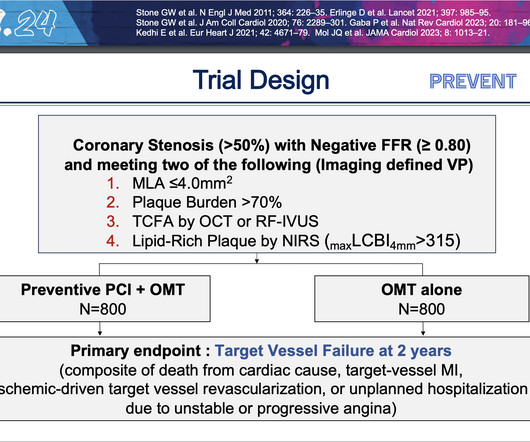
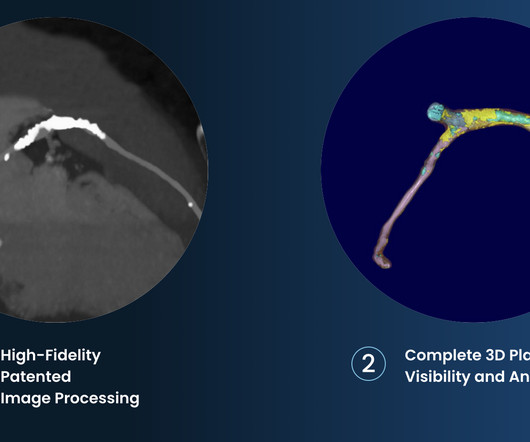

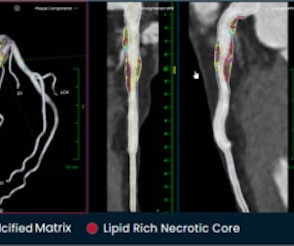




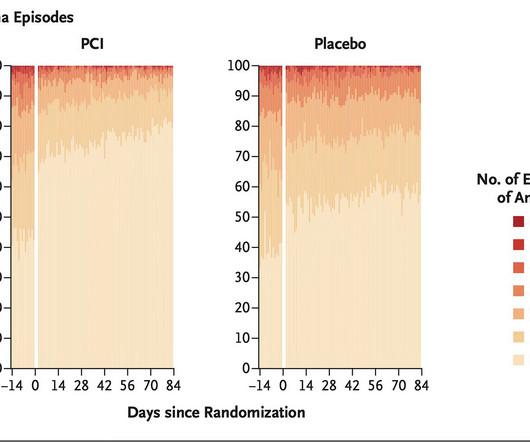

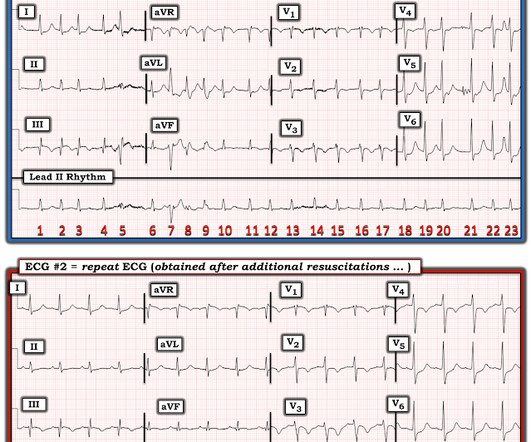


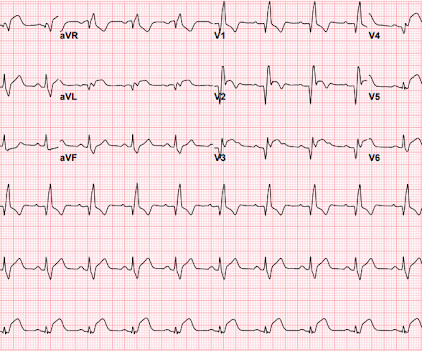






Let's personalize your content